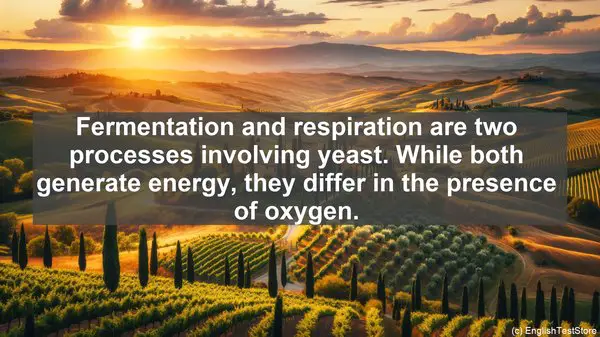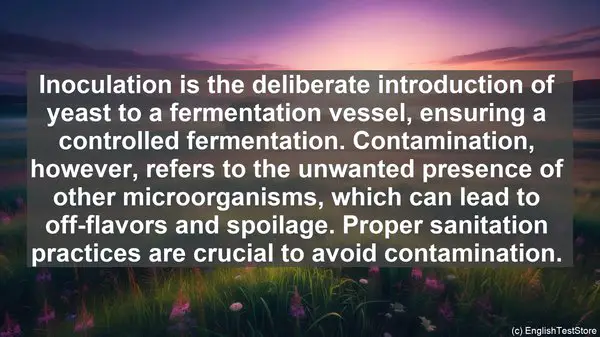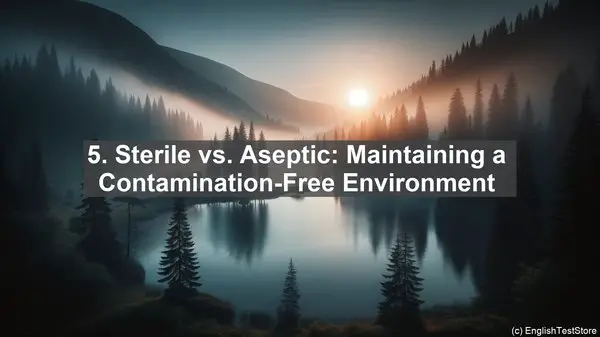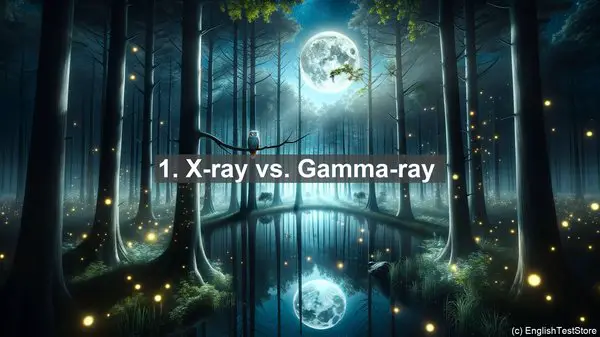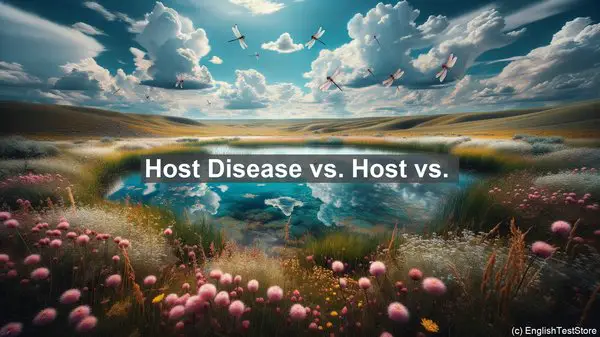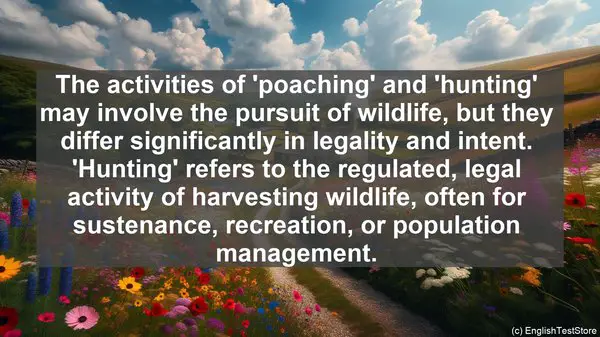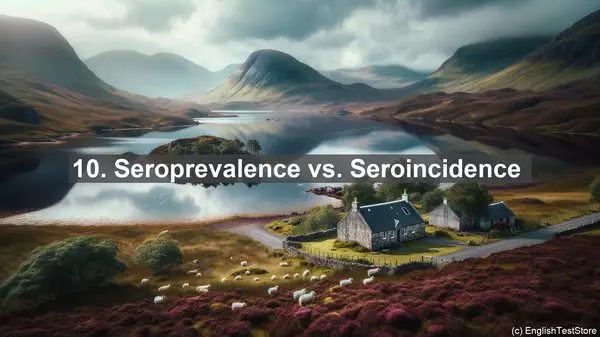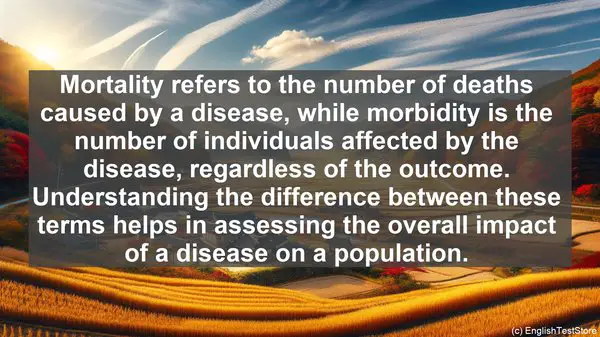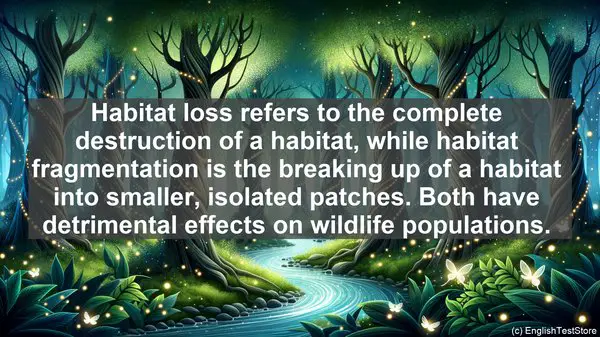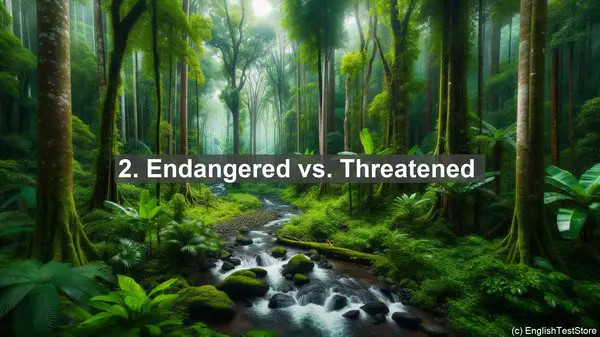Introduction: The Importance of Accurate Terminology
Welcome to today’s lesson on the top 10 commonly confused words in yeast genetics. As budding scientists, it’s essential for us to have a strong grasp of the terminology we use. Misunderstandings can lead to errors in experiments, misinterpretation of results, and even hinder collaboration. So, let’s get started and ensure we’re on the same page when it comes to these crucial terms.
1. Gene vs. Allele
One of the fundamental concepts in genetics is the distinction between a gene and an allele. A gene is a specific sequence of DNA that encodes a particular trait, while an allele is a variant of that gene. Think of a gene as a recipe, and alleles as different versions of that recipe. Understanding this difference is vital when studying yeast genetics, as it helps us comprehend the diversity within a population.
2. Homozygous vs. Heterozygous
When we talk about the genetic makeup of an organism, we often come across the terms homozygous and heterozygous. Homozygous refers to having two identical alleles for a particular gene, while heterozygous means having two different alleles. In yeast genetics, this distinction is crucial, especially when studying inheritance patterns and genetic diversity.
3. Phenotype vs. Genotype
While genes and alleles define the genetic makeup of an organism, the resulting observable characteristics are referred to as the phenotype. The genotype, on the other hand, represents the specific combination of alleles. In yeast genetics, understanding the relationship between the genotype and phenotype is essential for deciphering the molecular basis of traits.
4. Plasmid vs. Chromosome
In yeast genetics, we often work with two types of genetic material: plasmids and chromosomes. Plasmids are small, circular pieces of DNA that can replicate independently, while chromosomes are larger, linear DNA molecules. Plasmids are commonly used in genetic engineering, allowing researchers to introduce specific genes or mutations into yeast cells.
5. Transformation vs. Transfection
When it comes to introducing foreign DNA into yeast cells, we encounter two terms: transformation and transfection. Transformation is the process of directly introducing DNA into yeast cells, while transfection typically refers to introducing DNA into animal cells. Understanding this distinction is crucial when selecting the appropriate technique for a specific experiment.
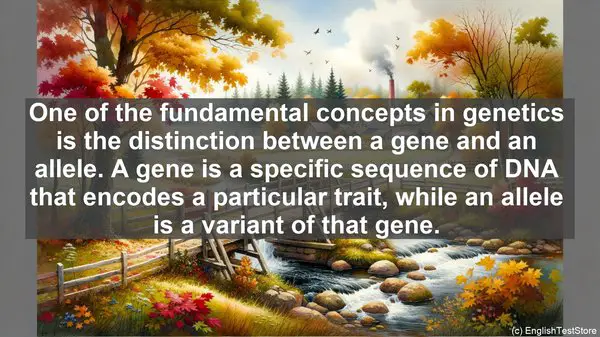
6. Mutation vs. Polymorphism
In the context of yeast genetics, a mutation refers to a permanent change in the DNA sequence. It can arise spontaneously or be induced through various methods. On the other hand, a polymorphism is a naturally occurring variation in the DNA sequence that exists within a population. Distinguishing between these two terms is vital when studying genetic diversity in yeast.
7. Complementation vs. Epistasis
Complementation and epistasis are two concepts often encountered in yeast genetics. Complementation refers to the restoration of a wild-type phenotype when two different mutant strains are crossed. Epistasis, on the other hand, occurs when the effect of one gene masks or modifies the effect of another gene. Understanding these concepts is crucial for unraveling the complex interactions within a genetic pathway.

8. Centromere vs. Telomere
The structure of chromosomes in yeast is essential for their stability and proper segregation during cell division. The centromere is the region of a chromosome that ensures its accurate distribution, while the telomere is the protective cap at the ends of a chromosome. These two structures play vital roles in maintaining genome integrity in yeast.
9. PCR vs. RT-PCR
Polymerase Chain Reaction (PCR) and Reverse Transcription PCR (RT-PCR) are two widely used techniques in yeast genetics. PCR allows for the amplification of a specific DNA sequence, while RT-PCR is used to amplify RNA and obtain complementary DNA (cDNA). Knowing when to use each technique is crucial for various applications, such as gene expression analysis.
10. Knockout vs. Knockdown
When studying gene function, researchers often employ techniques to reduce or eliminate the expression of a particular gene. A knockout refers to the complete removal of the gene, while a knockdown involves reducing its expression level. These techniques are invaluable in understanding the role of specific genes in yeast biology.

